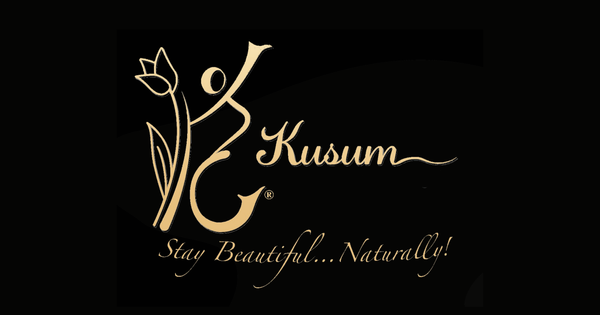
Nurturing For Better Tomorrow: Part 2
Share
This post is the second part of the earlier post-Nurturing For Better Tomorrow. The cosmetic industry is expanding exponentially, perhaps quicker than the expansion of our universe. Rising demand for cosmetic products and expectations for a quick transformation or a promise for a cure has led to the rapid development of chemical-based products. These products have a longer shelf life and much cheaper to produce in bulk.

Molecules of similar chemical structures can be synthesized in a lab calling it artificially produced chemicals.
Chemical-based products end up in the natural environment once we wash them off our skin. From this point, these chemicals begin a disgraceful journey onto our planet.
This blog post will discuss the basics of chemicals, natural and artificial chemicals. In case you missed, part I of this blog series focuses on nature conservation and basic ways to save our planet. You can read part I here.
What is a Chemical?
A simple explanation of chemical would be any substance with an enduring bond or characteristic properties. One example would be pure water. No substance is 100% pure, but its purity is defined according to its purpose or use. [1,2]

When different chemical molecules are mixed, they form a separate substance, called a polymer. Chemicals typically react to light, temperature, and a combination of both.
When a chemical cannot be further broken down, it is called an element. Some examples include iron, copper, carbon, nitrogen, and oxygen.
Natural and Synthetic Chemicals.
A natural chemical is one made by a natural process. Examples include water, plants, fruits, etc. The same chemical structure can be synthesized in a lab by studying and replicating a natural chemical. This “synthesized” chemical is known as “synthetic,” or “artificial,” or “engineered.”

If pure water from a river is an example of a natural chemical, then water molecules of similar chemical structures can be synthesized in a lab calling it artificially produced water.
The war between natural and synthetic chemicals, synthetic chemicals, and its harm to nature is well known. There is no meaningful difference between a natural and engineered chemical if molecular or elemental structures are identical. [3]
The Issue with Modified Substances.
Modern technology can modify the elements and create “new” chemical structures that suit our needs. These structures can have the same appearance, smell, and effect but are more tolerant of environmental or natural changes.
That is where the problem lies. A matter created or modified to withstand the natural decomposition process has to have elements that resist decomposition. Most natural substances are part of the food chain utilized by humans, animals, birds, sea creatures, and bacteria. Plants, trees, and other vegetation may use natural substances in the form of nourishment and fertilizer.

Now imagine a substance is modified or created to withstand decomposition but has the same appearance, smell, texture of an otherwise natural and edible substance. The food chain consumers (plants, animals, fish, and humans!) are not aware of the structural changes and may consume such substances as food.
Such modified substances will then have lasting and, more importantly, unpredictable effects on other living matters by altering their body/genetic composition. We then end up consuming some of those “unpredictably modified” structures in our food consumption.
How do you feel after reading through this brief discussion? Let us know. We hope that you found this post informative and useful.
Disclaimer-This website and content, comment, writing, or authors/contributors/writers do not provide or suggest medical, legal, or professional advice, opinion, or service. The information shared on this website is not intended to diagnose, treat, cure, or prevent any disease.
Reference:
[1] Hale, Bob (2013-09-19). Necessary Beings: An Essay on Ontology, Modality, and the Relations Between Them. OUP Oxford. ISBN 9780191648342. Archived from the original on 2018-01-13.
[2] https://en.wikipedia.org/wiki/Chemical_substance
[3] Natural versus Synthetic Chemicals is Grey Matter. Dorea Reeser. https://blogs.scientificamerican.com/guest-blog/natural-vs-synthetic-chemicals-is-a-gray-matter/#:~:text=Natural%20vs.,not%20be%20found%20in%20nature.
